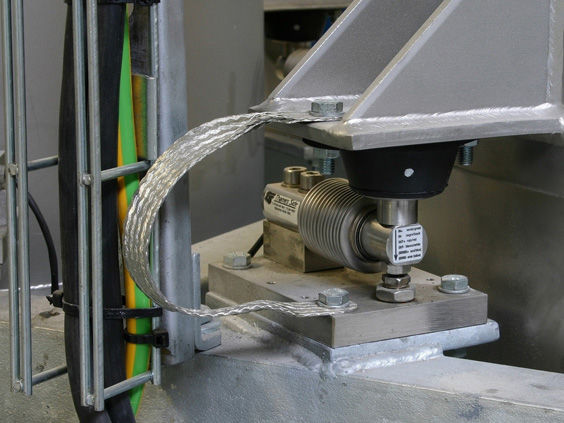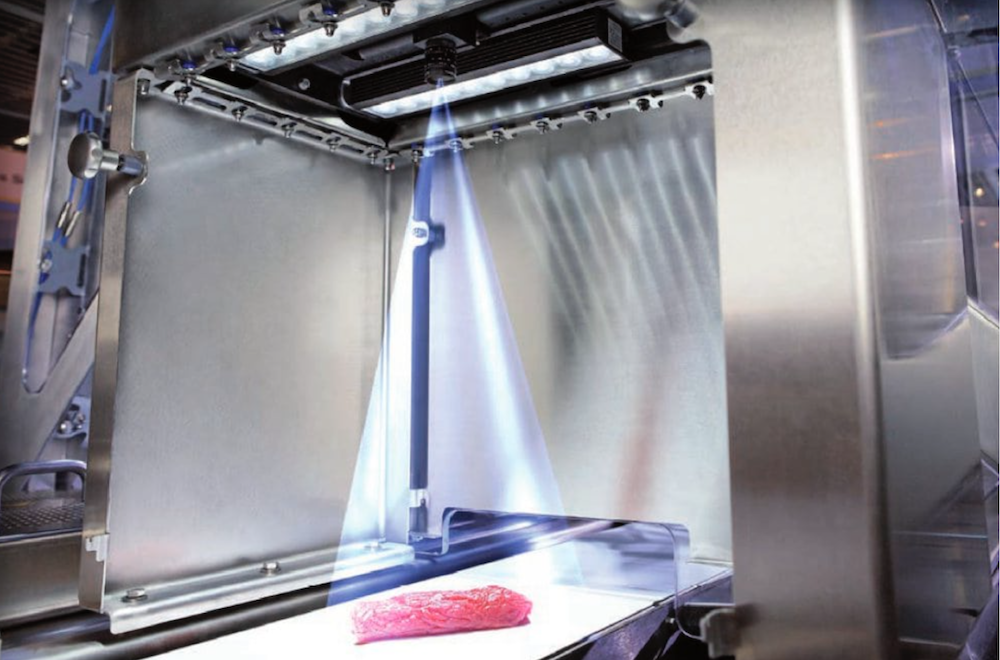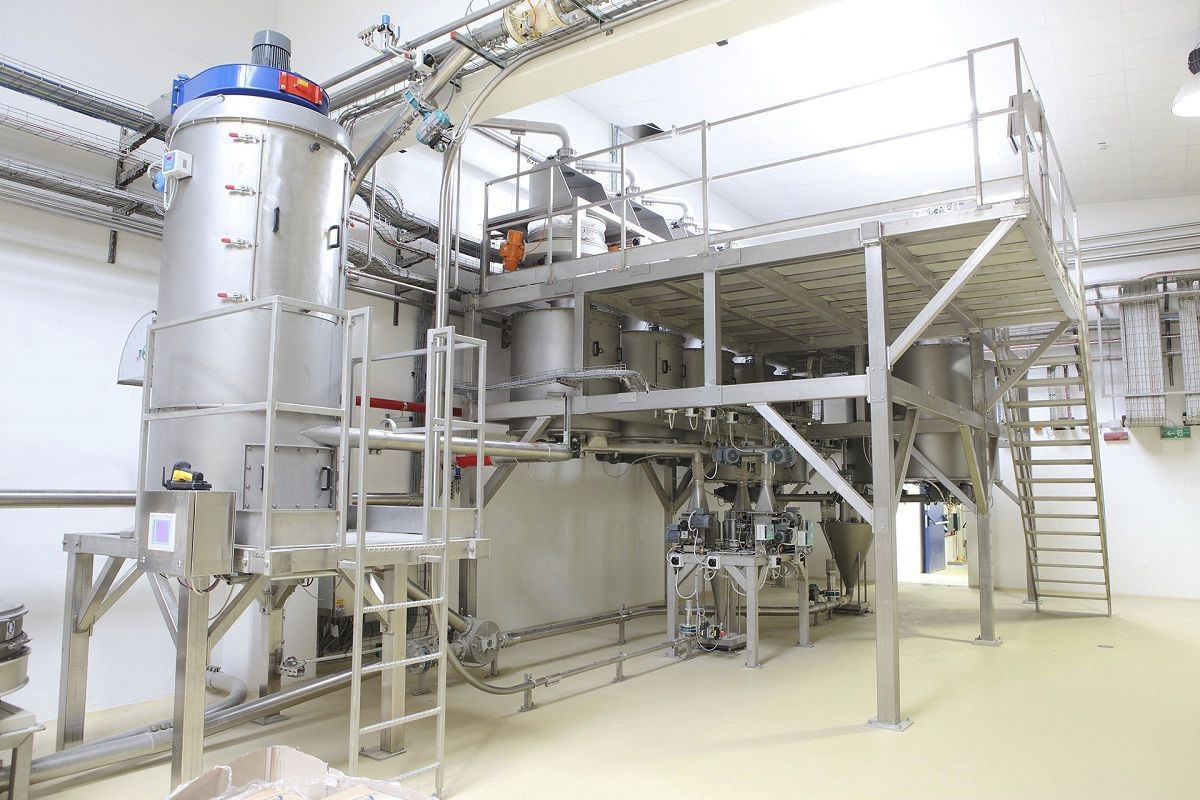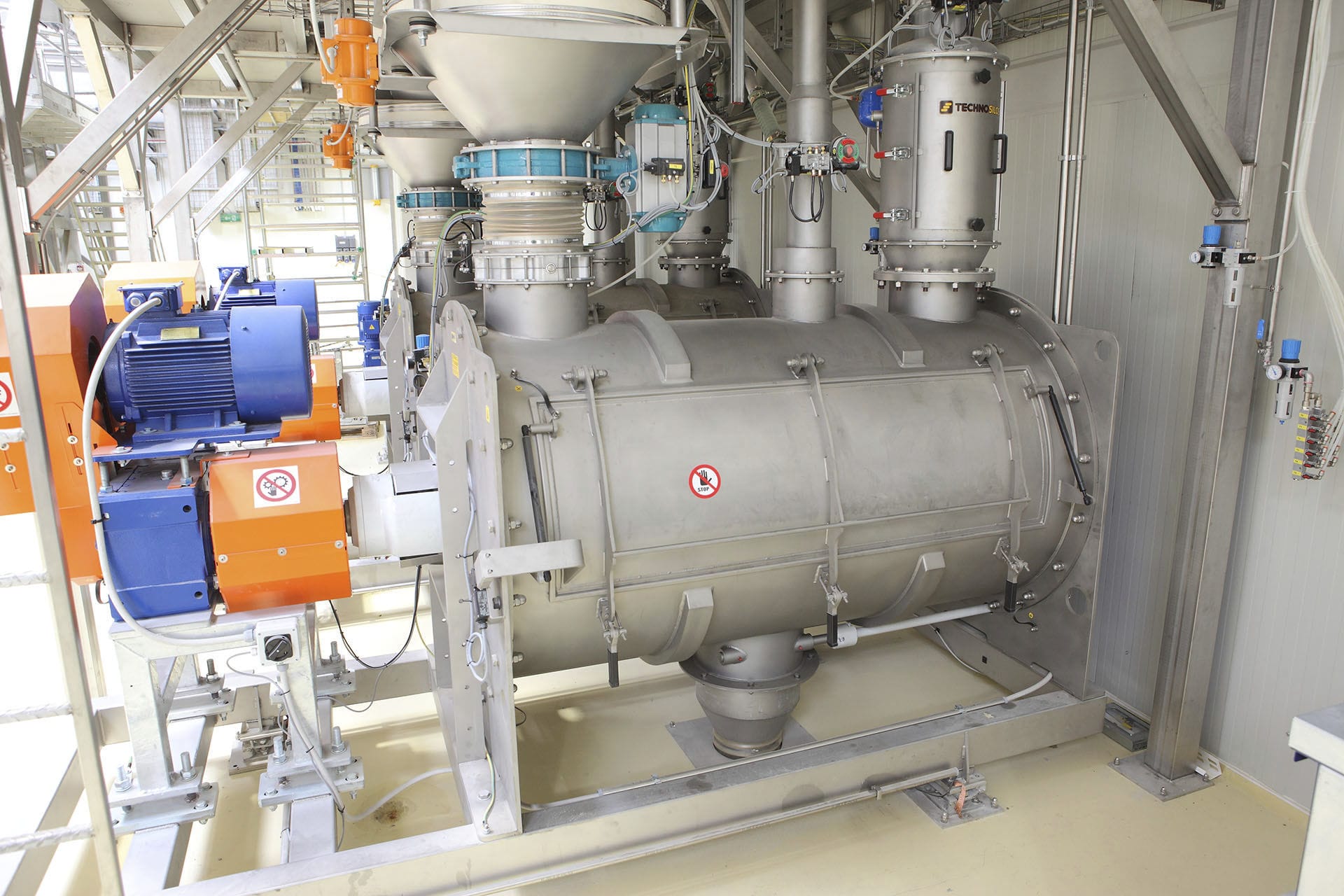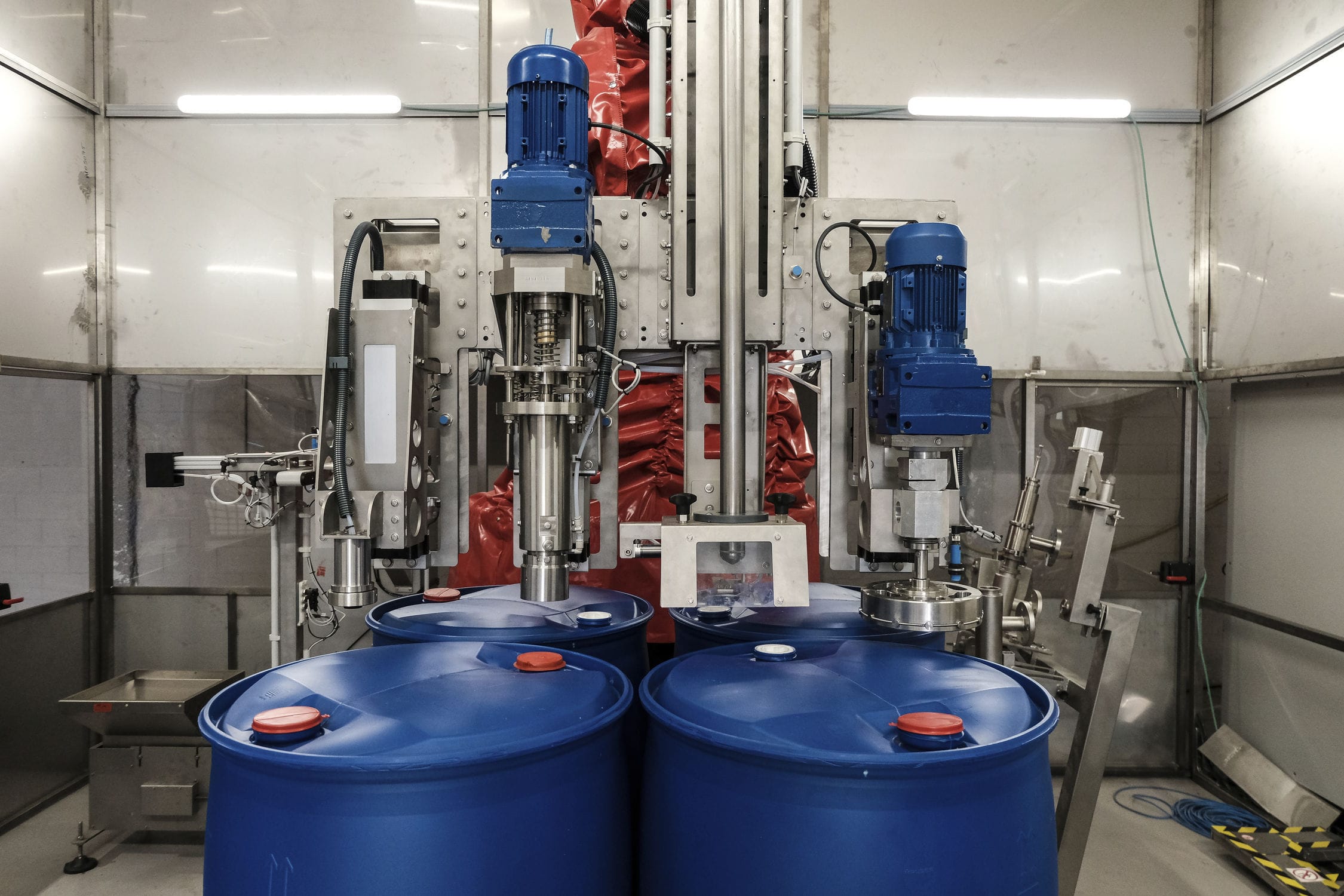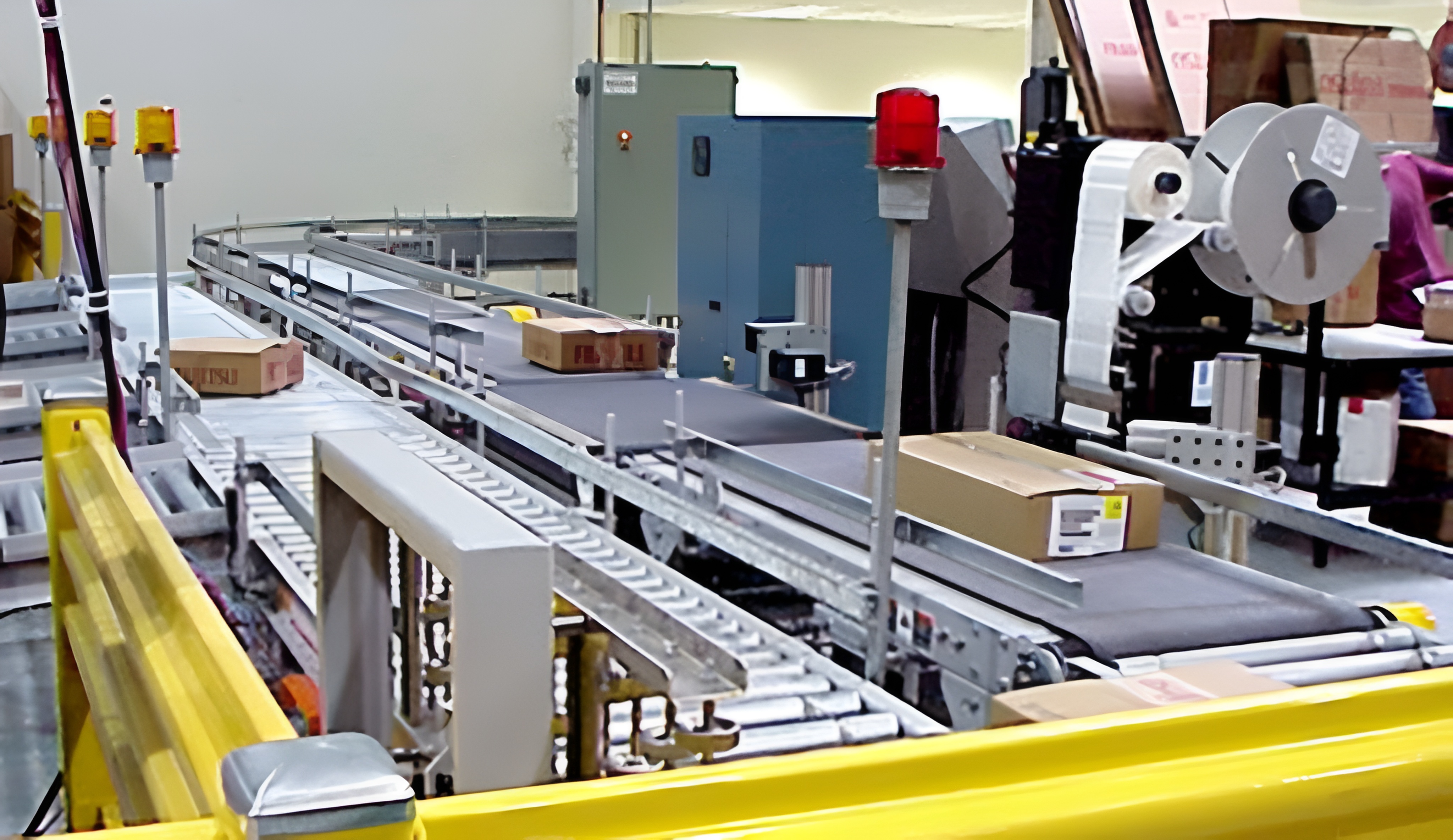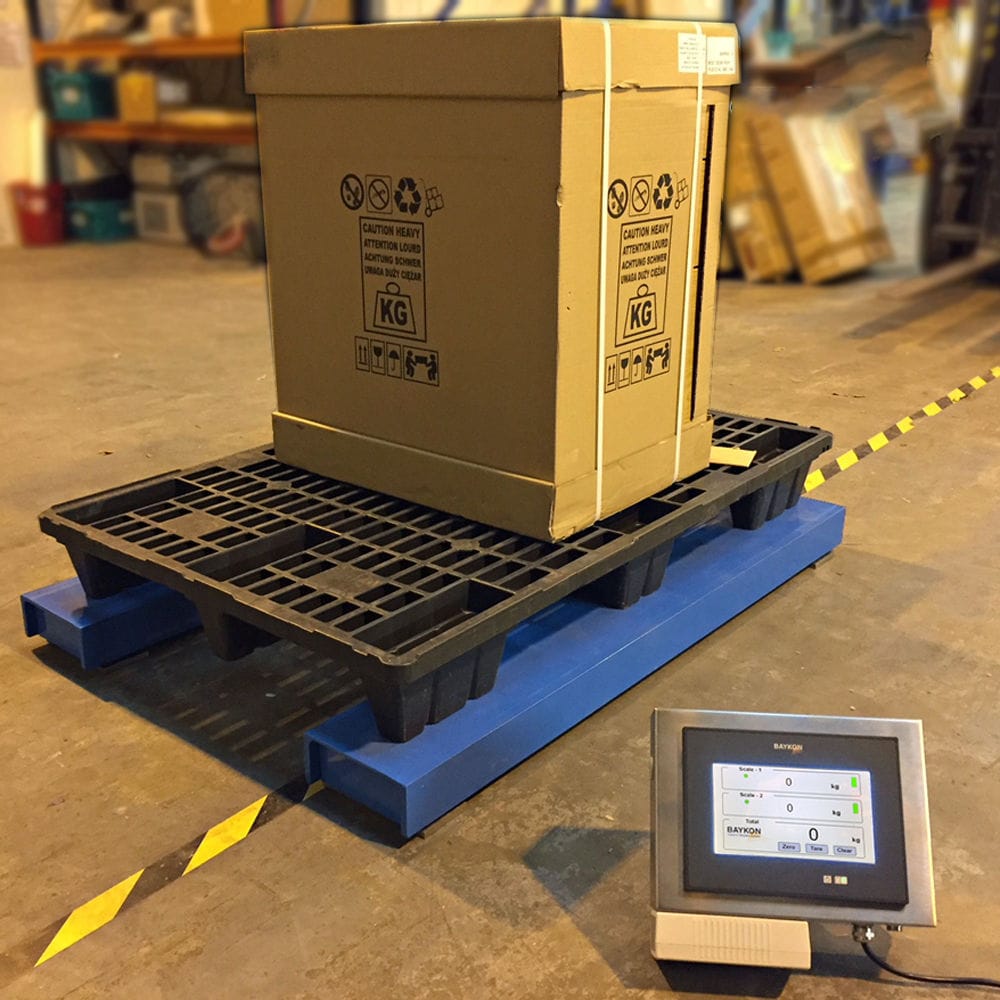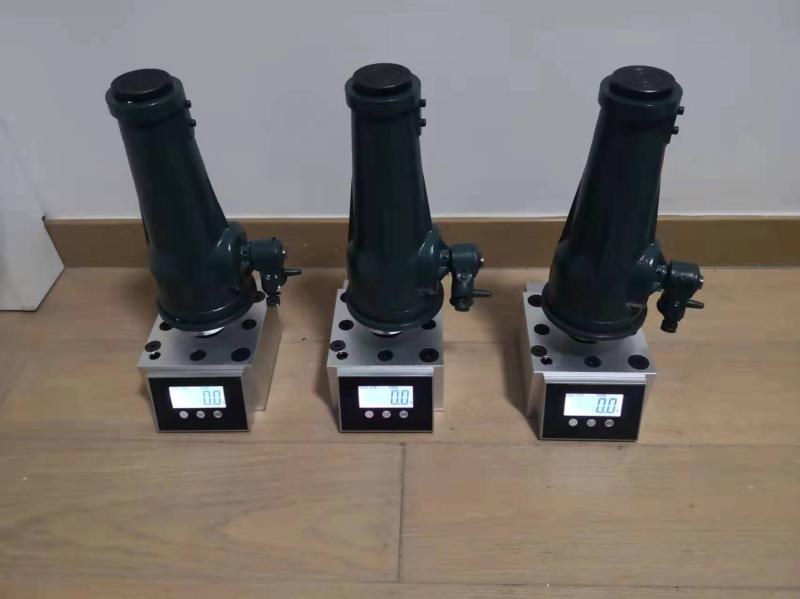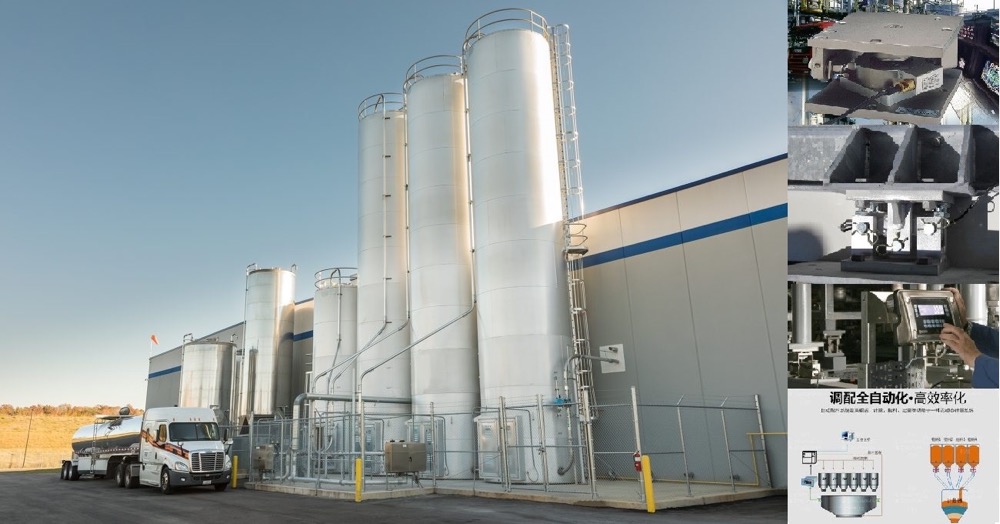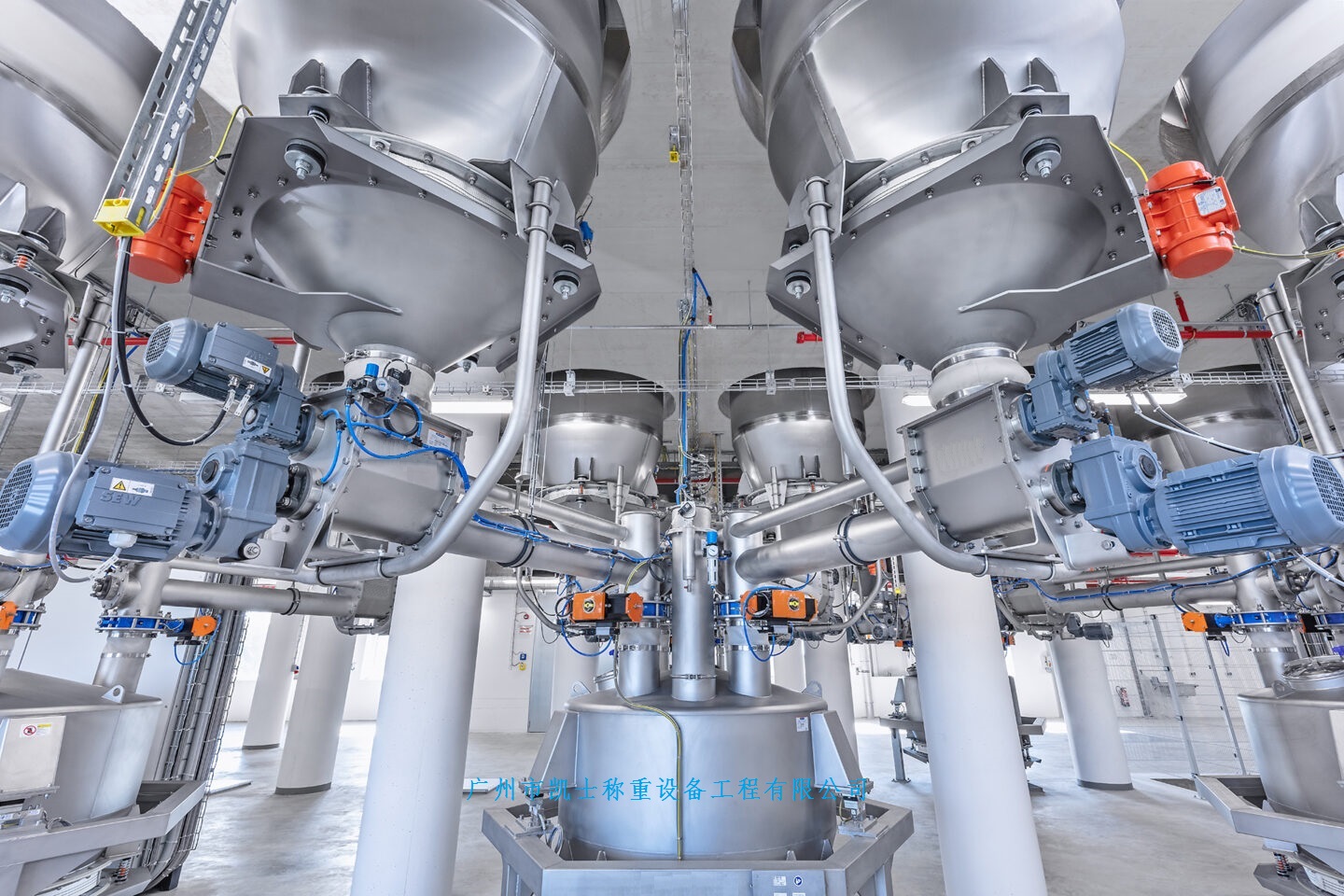

The weighing calibration device is composed of a high-precision hydraulic loading jack and a weighing force gauge, a high-precision standard weighing module, a high-precision digital display instrument, an anti-interference junction box, a hydraulic circuit, a quick connector and an AC/DC power supply. The entire set of equipment is separately packaged in four portable metal boxes, which is convenient for protection and carrying. This device features high precision, high reliability, high efficiency and portability.
 020-34563445
020-34563445The weighing calibration device is composed of a high-precision hydraulic loading jack and a weighing force gauge, a high-precision standard weighing module, a high-precision digital display instrument, an anti-interference junction box, a hydraulic circuit, a quick connector and an AC/DC power supply. The entire set of equipment is separately packaged in four portable metal boxes, which is convenient for protection and carrying. The scale calibration device features high precision, high reliability, high efficiency and portability.
After the hydraulic calibration device is pressurized, the hydraulic jack (also known as the load-bearing head) rises, causing the standard weighing force gauge to lift against the fixed portal frame. The force applied by the hydraulic jack to the weighing force gauge acts on the portal frame, which generates a reaction force of the same magnitude but opposite direction that is applied to the support platform of the hopper scale. The support platform then applies the received force to the weighing module of the hopper scale. This force replaces the gravity applied to the weighing by weights. The pressurization and depressurization process of the hydraulic calibration device on the hydraulic jack replaces the manual operation of lifting and unloading weights, thus achieving rapid verification and calibration of the hopper scale.
After conducting on-site dimensional tests, the portal frame is fabricated in the maintenance room. Then, the portal frame is welded to the crossbeam of the base plate platform of the hopper scale weighing module. During the welding and positioning process, it is necessary to ensure that the centers of the portal frame, the hopper scale weighing module, the hydraulic jack, and the standard weighing force gauge are on the same center line for rapid calibration. The operation steps are as follows:
1) Place the hydraulic jack on the support platform of the hopper scale, and then place the standard weighing calibrator on the hydraulic jack.
2) Insert the quick-connect plug of the hydraulic jack, and then plug in the standard weighing calibrator plug according to a certain corresponding relationship (do not insert it randomly).
3) Connect the junction box to the instrument and the instrument to the power supply in sequence, then power on and start the machine.
4) Check the hydraulic oil level in the oil cup of the hydraulic calibration device. If the oil level is low, it must be refilled (under no-load conditions, it is generally close to the full cup).
5) Open the main valve of the hydraulic calibration device and the valves of each hydraulic jack.
6) Reset the calibration device's instrument to zero and zero the instrument of the hopper scale.
7) Close the main valve of the hydraulic calibration device and increase the pressure to the set value.
8) Close the valves of each hydraulic jack. When the hydraulic system tends to balance and the instrument values of the calibration device stabilize, read the readings and input the readings of the hopper scale instrument.
9) When continuing to load, open the valves of each hydraulic jack again to continue loading. The reading is the same as 8.
10) When unloading, it is necessary to first open the valves of each jack and then slowly open the main valve of the hydraulic calibration device to unload slowly.








